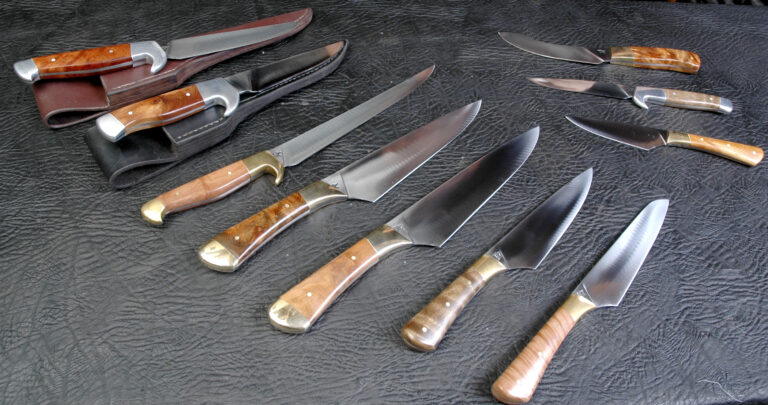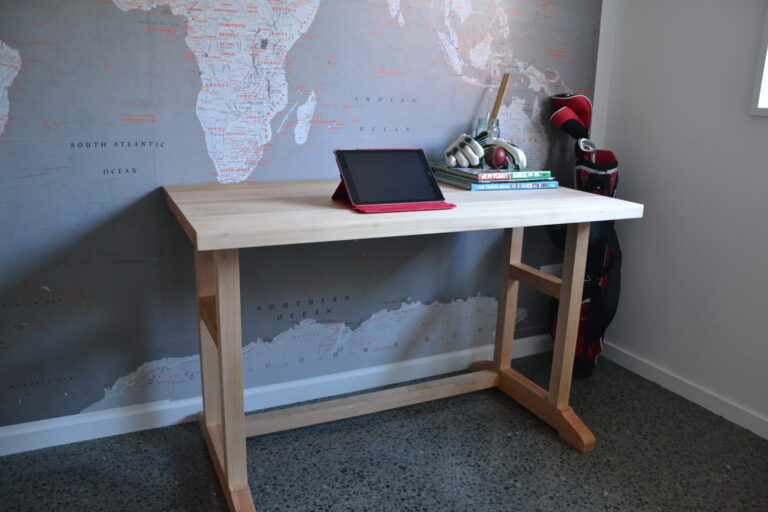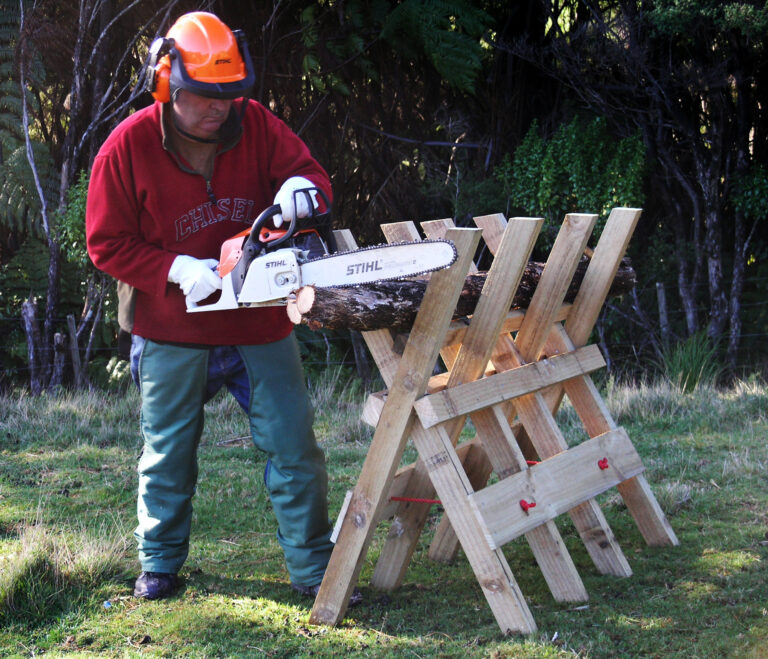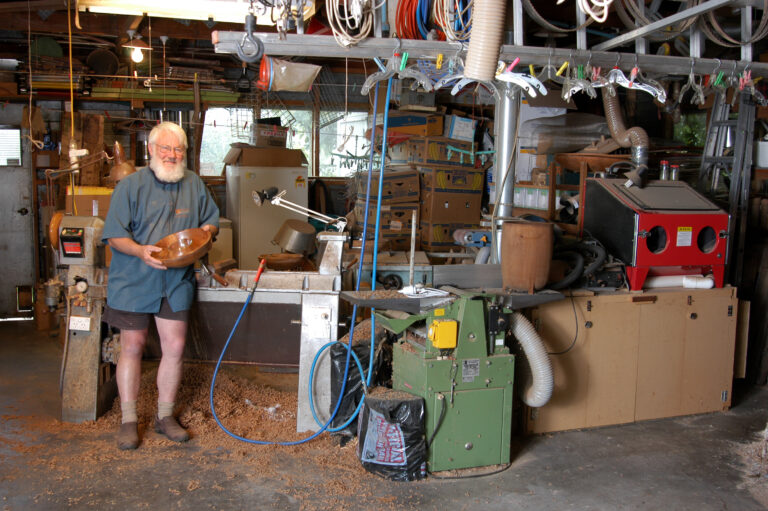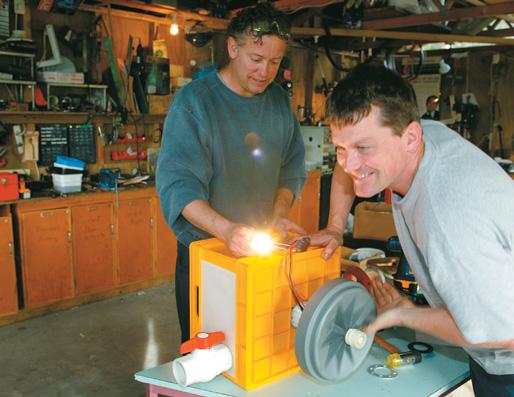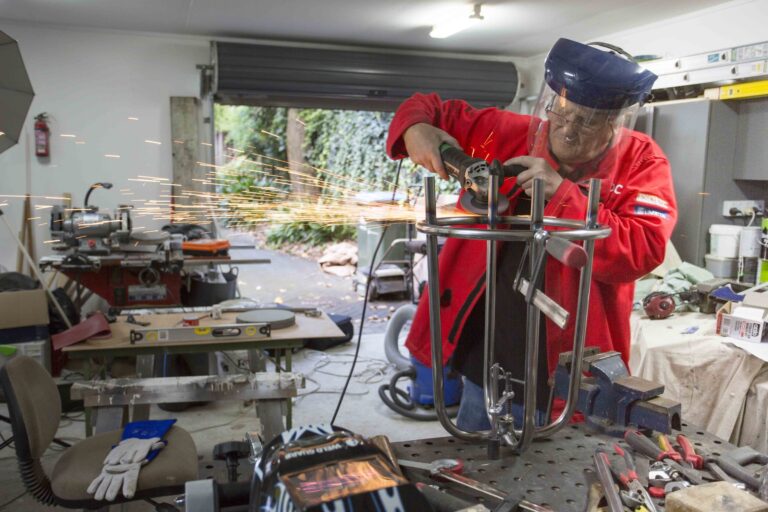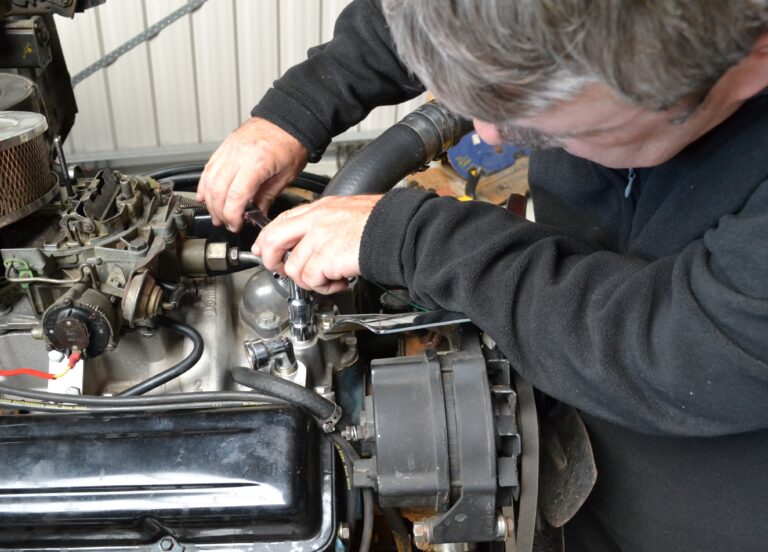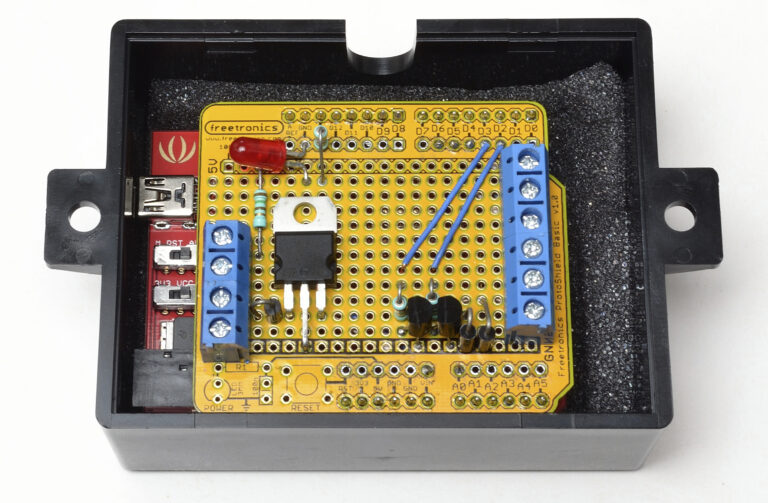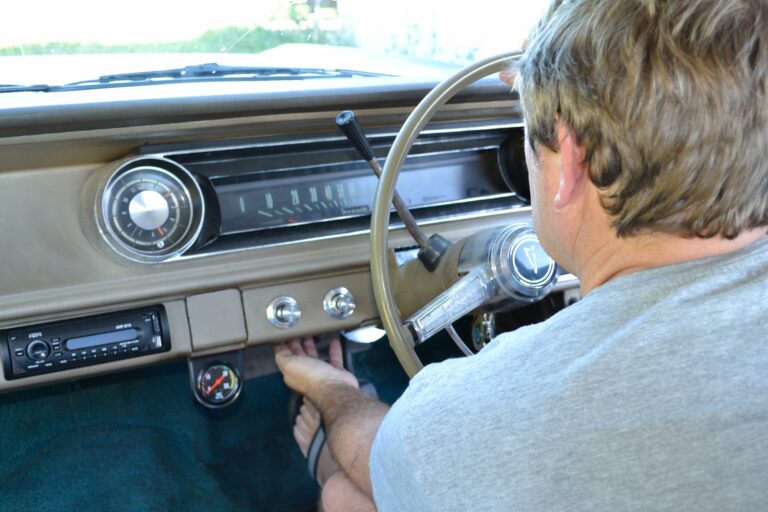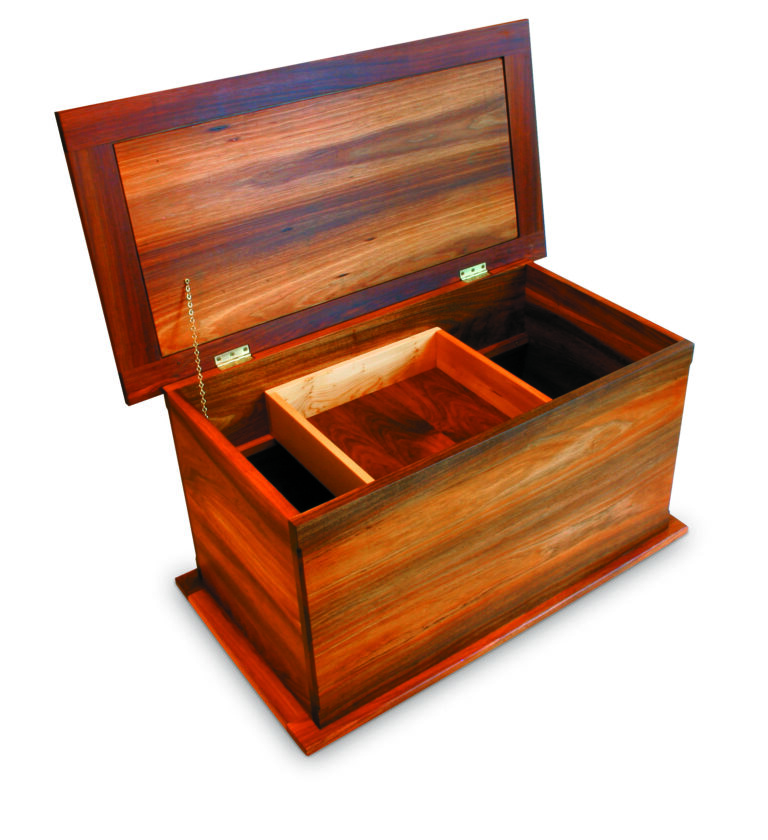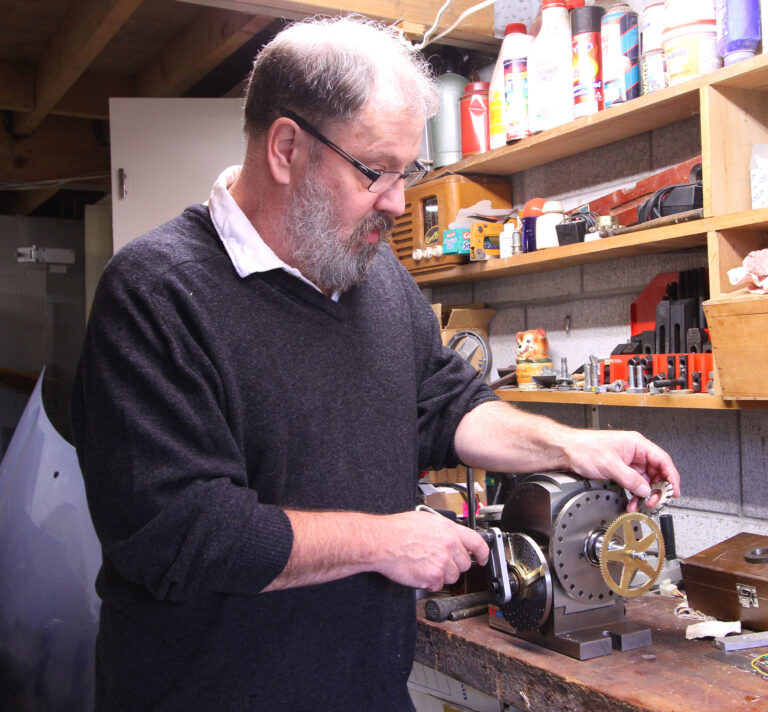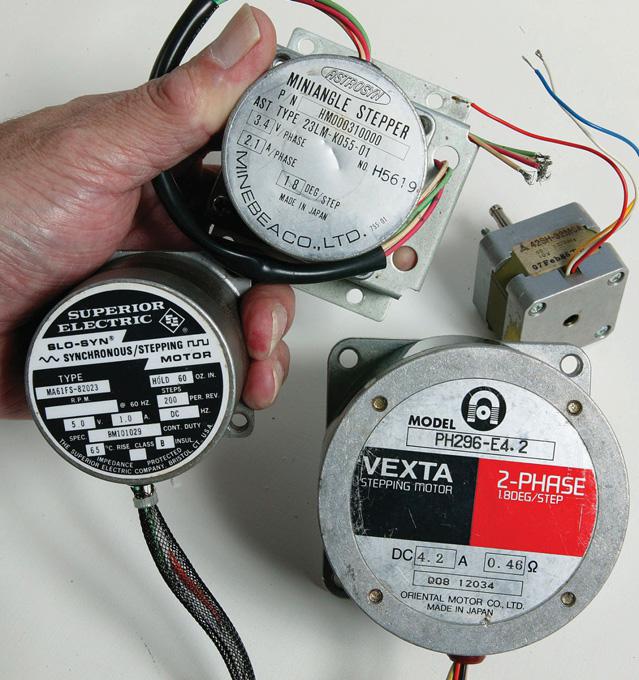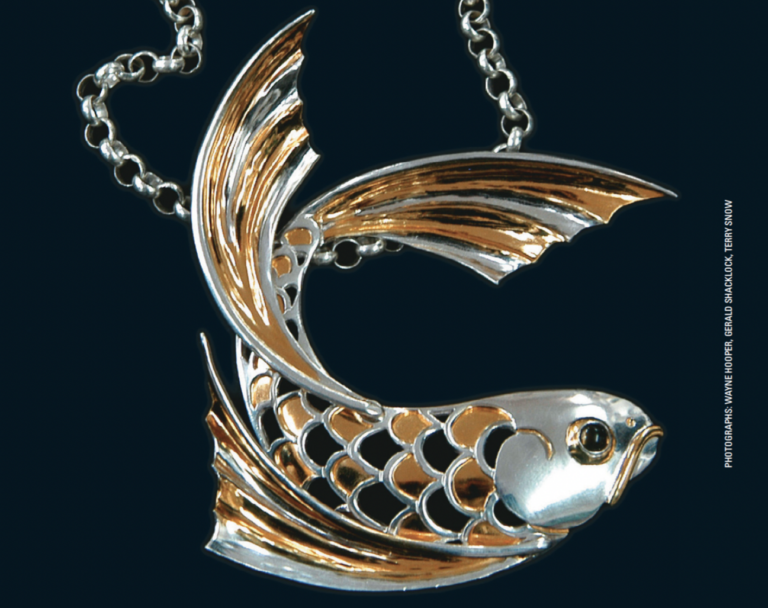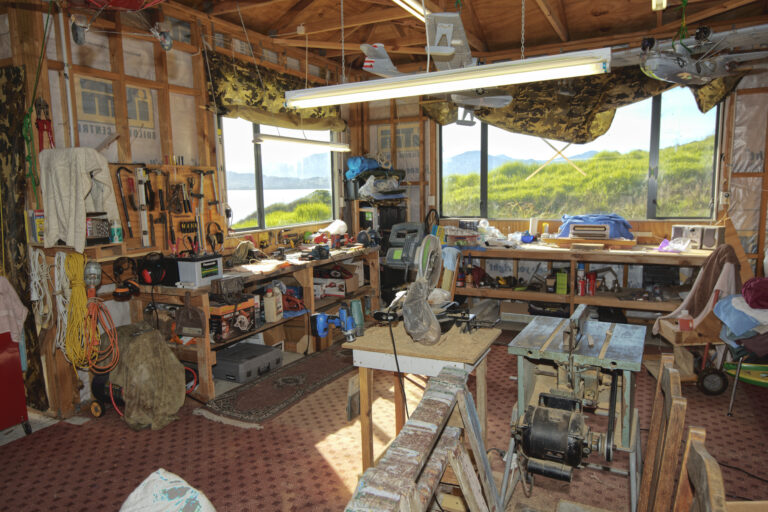
Size matters
Back in the carefree/careless days we took a drive up to the Hokianga harbour, mainly for a fish and chip meal at the legendary Omapere pub, and promptly fell in love with the place. It’s New Zealand 50 years ago: clean, uncluttered with houses and people and just plain beautiful on any given day.
The harbour simply sparkles on a sunny day and the dunes on the north head are nothing short of spectacular. The views coming over the ridge from Waimamaku and the Waipoua forest are breath-taking. We still stop and try to take it all in.
Everything moves at a leisurely pace up at the “Hoki”. It is still a hidden gem, but not for long I feel. We have a few celebs up there now and there are more and more serious homes going up, but it still has that laid back feel to it. Opo the dolphin is the only thing that has happened to the area and that was 60 years ago.

